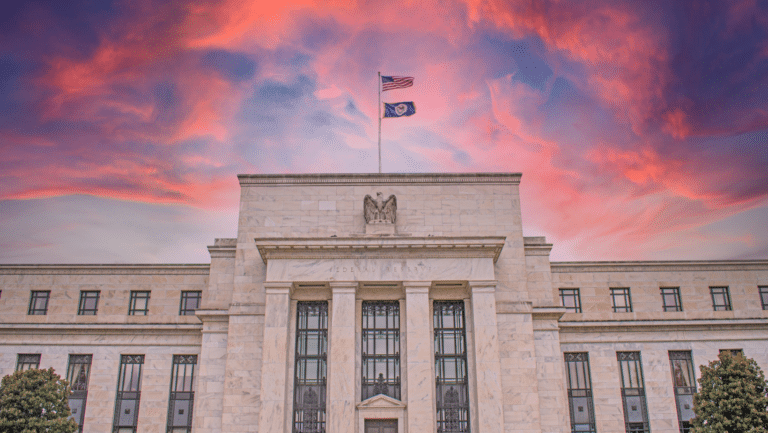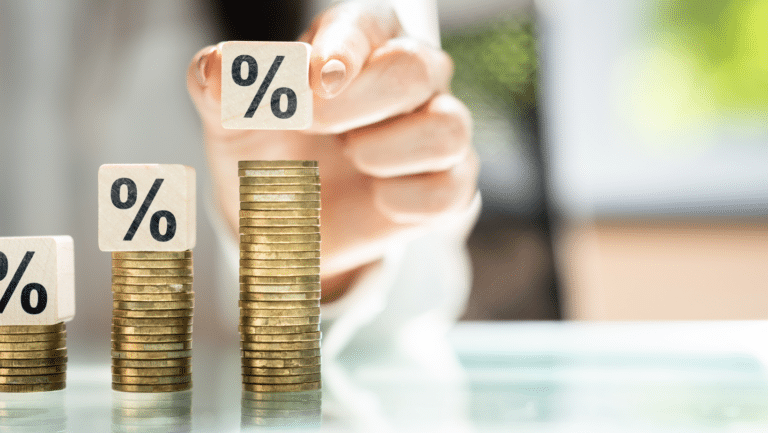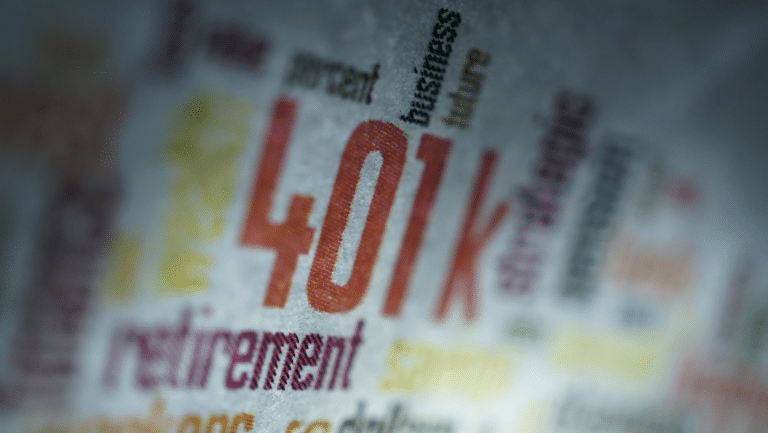Coronavirus and Student Loan Debt: What You Need to Know
By the end of 2019, student loan in America reached $1.48 trillion. There were approximately 45 million borrowers across the United States.1 The COVID-19 pandemic has created even greater financial instability for many Americans and those that have student loans may have more difficulty paying them than ever before. The Coronavirus Aid, Relief, and Economic…









